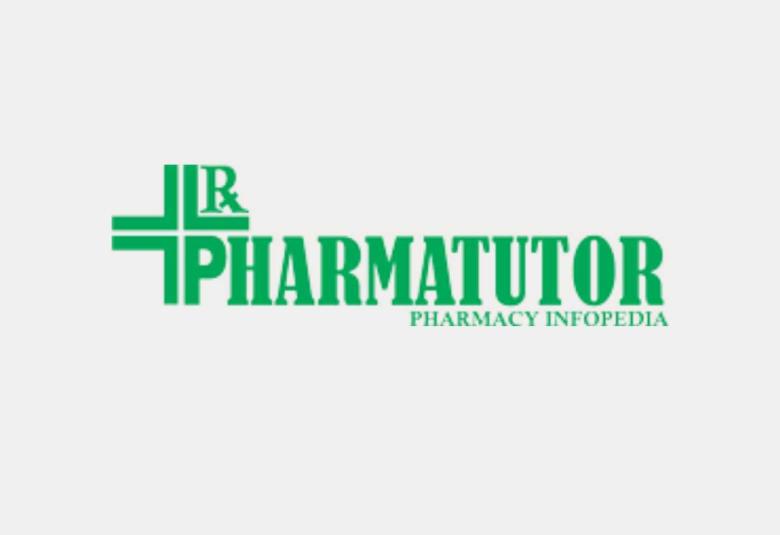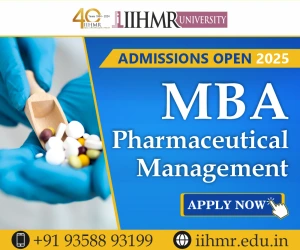RESISTANCE OF SERRATIA MARCESCENS (SPKD15) TO VARIOUS ENVIRONMENTAL STRESS CONDITIONS: EFFECT ON CELL VIABILITY AND PRODIOGISIN PRODUCTION
{ DOWNLOAD AS PDF }
 ABOUT AUTHORS
ABOUT AUTHORS
1PRATYUSH KUMAR DAS*, 2SMRUTIPRAGNYA SAMAL, 3RATIKANTA SAHOO, 4PRASANT KUMAR SABAT
1,2,3Centre for Biotechnology, Siksha ‘O’ Anusandhan (Deemed to be University), Bhubaneswar, Odisha, India – 751003
4School of Pharmaceutical Sciences, Siksha ‘O’ Anusandhan (Deemed to be University), Bhubaneswar, Odisha, India – 751003
*pratyushdas@soa.ac.in
ABSTRACT
Serratia marcescens, a gram negative bacillus is generally related to hospital acquired infections. Production of red pigment (Prodiogisin) by the bacterium is an important characteristic feature and has been reported to exhibit certain antimicrobial property. The resistance of the bacteria towards several classes of antibiotics makes it one of the most notorious pathogen. The work aimed to evaluate the resistance of Serratia marcescens (SPKD15) under various environmental stress conditions (temperature, pH, Salt concentration and UV). Effect of these stress conditions on the cell viability and production of prodiogisin was analysed. The strain was able to sustain up to temperature of 40°C, Salt (NaCl) concentration of 7%, pH up to 10 and could withstand UV radiations up to 2 minutes. However, the prodiogisin production was negatively affected and finally inhibited at all the conditions of environmental stress(Temperature = 35°C, pH = 4 and 9, Nacl concentration = 4% and UV exposure of 15 seconds). This indicates that prodiogisin may act as a protective mechanism for the bacterium under stress. Further, intracellular antimicrobial was obtained from the UV exposed culture and compared with the antimicrobial obtained from the normal culture. The antimicrobial obtained from UV exposed culture showed decreased antimicrobial effect with inhibition diameter ranging between 2 mm to 13 mm (± S.D) as compared to the antimicrobial obtained from the normal culture. An inhibition diameter ranging between 4 mm to 22 mm (± S.D) was obtained in case of the normal culture which may be attributed to the loss of pigmentation. The study highlights the resistance of the bacterium to various environmental stresses. Keeping the degree of pathogenicity of the bacterium in mind, eradication of the same is quite difficult and must be looked upon seriously.



 ABOUT AUTHORS
ABOUT AUTHORS ABOUT AUTHORS
ABOUT AUTHORS


 ABOUT AUTHORS
ABOUT AUTHORS







